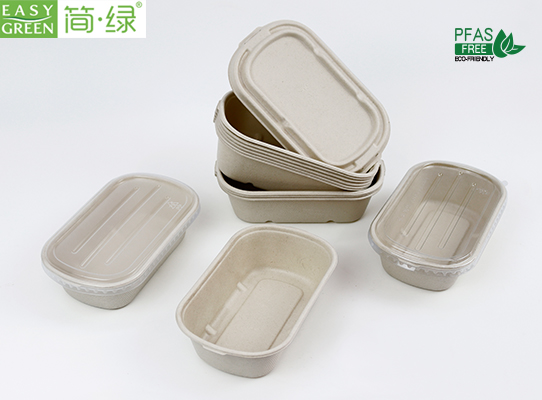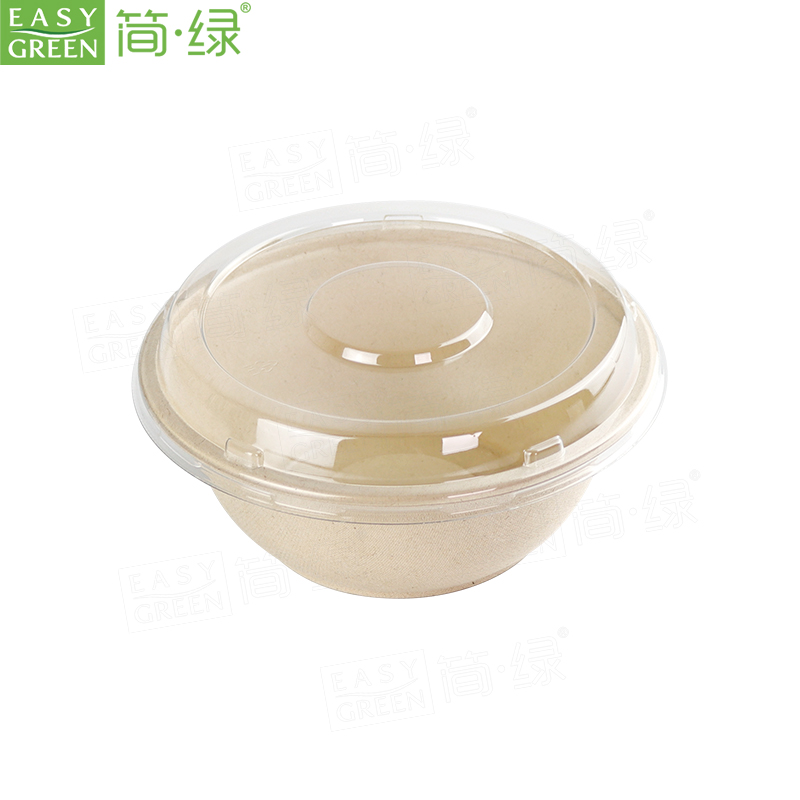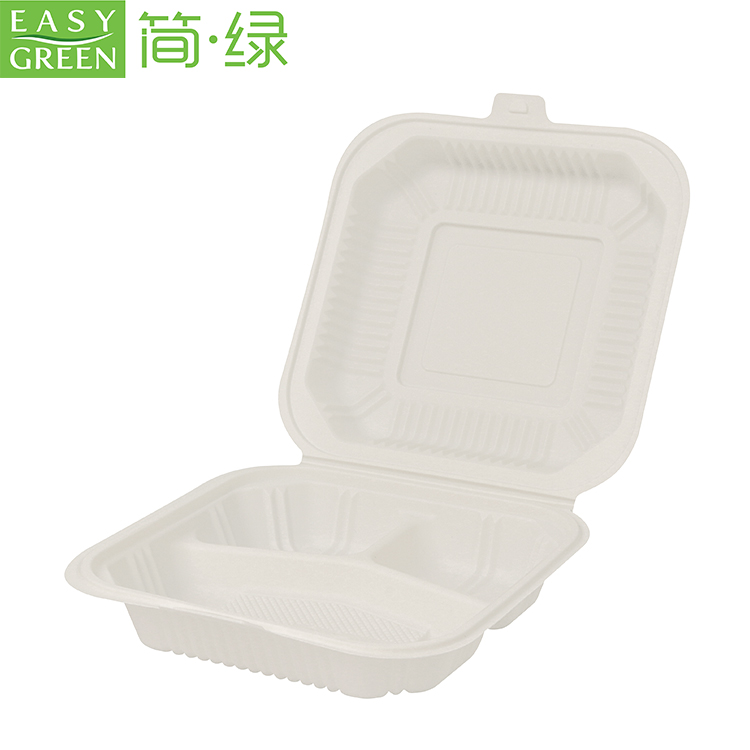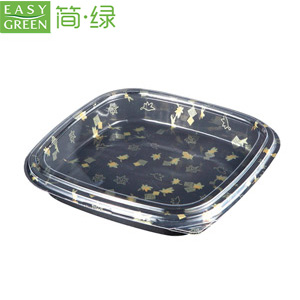With the rhythm of life and work becoming faster and the rapid development of various takeaway APPs and other mobile Internet products, people are increasingly pursuing convenience and efficiency in their lives. Although our lives are indeed becoming more convenient, the use of disposable plates and utensils has also increased exponentially. Takeout boxes, plastic bags, and other items have become the top waste in cities, and tackling the pollution caused by these wastes has become a headache. What are the testing items for disposable packaging and dining utensils?
Types of biodegradable disposable dishes testing
Disposable biodegradable tableware made of paper, such as wood pulp, reed pulp, bagasse pulp, etc.;
Disposable biodegradable tableware made of plant fibers, mainly made from agricultural waste such as rice husks, wheat straw, straw, corn cobs, etc.;
Disposable biodegradable tableware made of starch, mainly using potato starch as the main raw material;
Non-foamed plastic that is biodegradable and can be subjected to photodegradation and biodegradation, mainly made of polypropylene, and achieve the degradation effect by adding photodegradation agents and biodegradation agents to the raw materials.
Performance testing requirements of biodegradable disposable dishes
The ultimate requirement for disposable biodegradable tableware is the degradation performance. The degradation performance requirements are divided into two points:
First, the relative biodegradability rate should be equal to or greater than 90%. If the organic component is equal to or greater than 1% of the material composition, its biodegradability rate should be equal to or greater than 60%;
Second, if the biodegradable tableware is composed of multiple materials or mixtures, organic components with a content of less than 1% should be biodegradable, but no proof of decomposition ability needs to be provided. The sum of the components and weight should not exceed 5%. The disintegration rate requirement is equal to or greater than 90%, and the ecotoxicity requirement is that the plant germination rate and biomass ratio should be greater than 90%.
Identification method of biodegradable disposable dishes quality
Nowadays, rapid degradation technology is used to select easily degradable high molecular hydrocarbons and organic matter to make plastics to prevent pollution. In most cases, this method works, but now some illegal manufacturers print "degradable food boxes" on ordinary lunch boxes, making it difficult to distinguish the authenticity of biodegradable disposable dishes. The following points should be noted:
Counterfeit environmentally-friendly plastic tableware feels soft and breaks apart easily when tugged, and it smells pungent and irritates the eyes. It deforms easily under heat and leaks easily;
Counterfeit pulp tableware has poor strength, dark color, and serious oil and water penetration;
The packaging box and lunch box have no factory name, trademark, or production date;
Counterfeit tableware is heavier than qualified products and sinks easily when shredded and placed in water.
 English
English 






